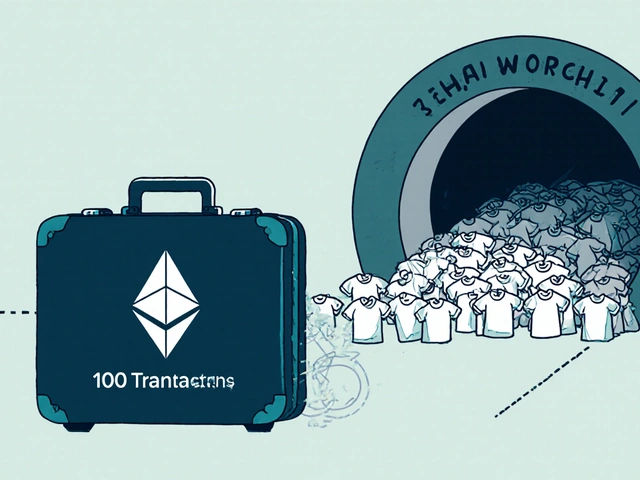Kids TV Content: What’s Really Being Shown and How to Choose Wisely
When we talk about kids TV content, television programming designed specifically for children, often with educational or entertainment goals. Also known as children's programming, it’s one of the most watched types of media in homes worldwide. But not all of it is built the same. Some shows teach problem-solving, emotional regulation, and basic literacy. Others just bombard kids with fast cuts, loud sounds, and endless product placements. The difference isn’t just in the story—it’s in the design.
Good kids TV content doesn’t just entertain—it builds skills. Shows like Bluey or Sesame Street use repetition, clear pacing, and real-life scenarios to help kids understand feelings, social rules, and how to handle frustration. That’s not accidental. These programs are often backed by child development experts. On the flip side, content made purely for clicks or ad revenue tends to skip all that. It’s designed to hook attention, not minds. And with so many streaming platforms now offering kid-specific sections, it’s harder than ever to tell what’s quality and what’s just noise.
Screen time isn’t the enemy. It’s the educational TV, television programming intentionally designed to support learning in children, often aligned with developmental milestones that matters. Research from the American Academy of Pediatrics shows that when kids watch shows with clear narratives and slow pacing, they’re more likely to copy positive behaviors—like sharing or asking for help. But if the content is chaotic or overly stimulating, it can make it harder for them to focus later. That’s why choosing wisely isn’t about limiting time—it’s about filtering what they see.
Parents aren’t expected to be media critics. But you don’t need to be. You just need to know what to look for: Does the show encourage curiosity? Does it give kids space to think, not just react? Is there a quiet moment, or is it all noise? These are the real questions. And the answers are hiding in plain sight—in the shows your child keeps coming back to.
Below, you’ll find real guides and breakdowns on what works, what doesn’t, and how to cut through the marketing hype. From how streaming platforms target kids to what hidden ads sneak into cartoons, we’ve pulled together the practical stuff you won’t find in a parent blog. No fluff. Just what helps you make smarter choices—fast.
18
Age-Appropriate Content: Finding Shows for Different Ages
Learn how to choose age-appropriate TV shows for toddlers, tweens, and teens. Understand developmental needs, spot harmful content, and use parental controls wisely to foster healthy viewing habits.
Latest Posts
Popular Posts
-
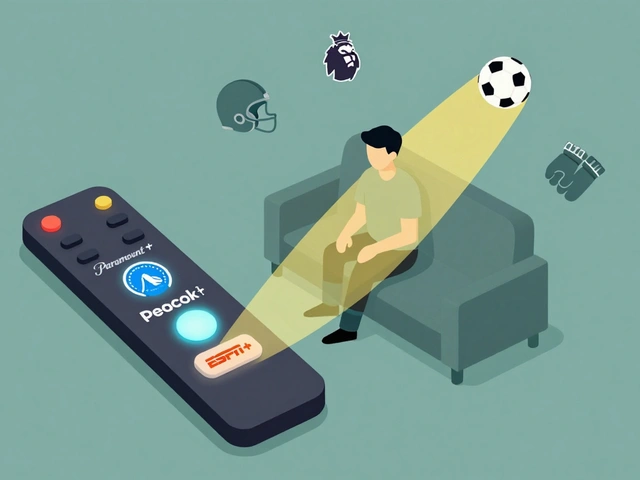 Paramount+ with Showtime vs. Peacock Premium vs. ESPN+: Which Sports Add-On Fits Your Viewing Habits?
Paramount+ with Showtime vs. Peacock Premium vs. ESPN+: Which Sports Add-On Fits Your Viewing Habits?
-
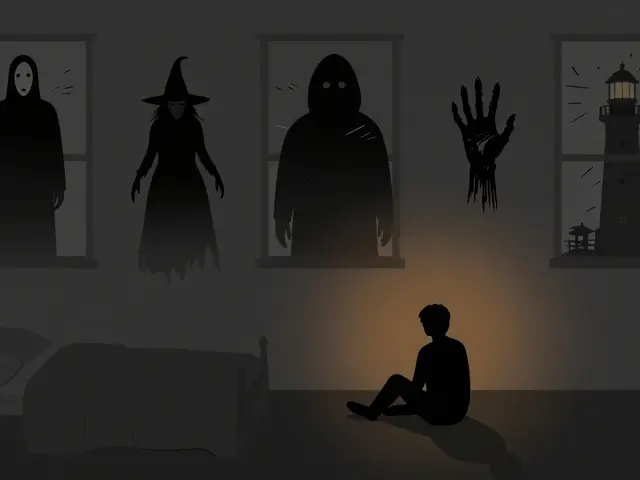 Best Horror Movies on Streaming Services Right Now
Best Horror Movies on Streaming Services Right Now
-
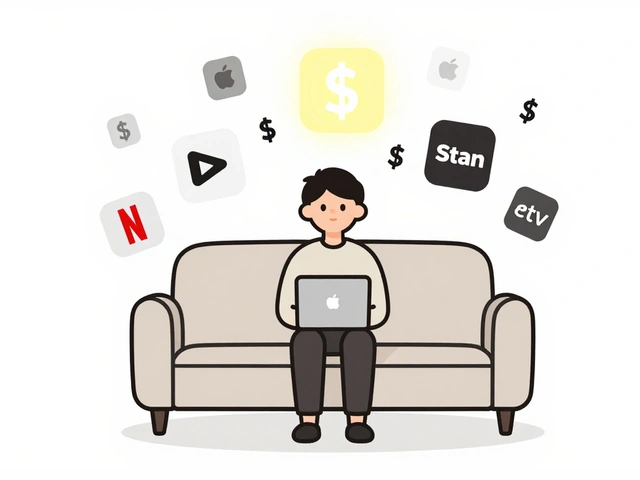 How to Find All Your Streaming Subscriptions and Stop Overpaying
How to Find All Your Streaming Subscriptions and Stop Overpaying
-
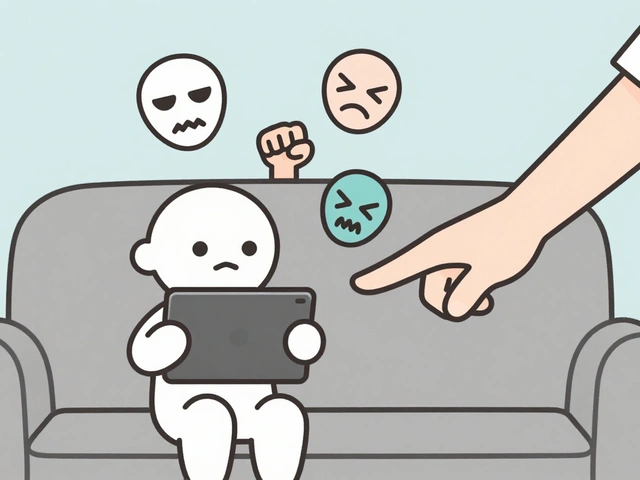 Parental Controls on Free Streaming Apps: How to Keep Kids Safe Online
Parental Controls on Free Streaming Apps: How to Keep Kids Safe Online
-
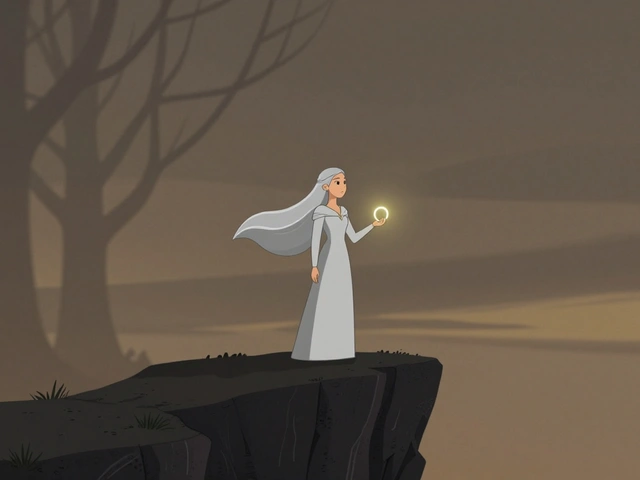 Lord of the Rings: The Rings of Power on Prime Video - What to Know in 2025
Lord of the Rings: The Rings of Power on Prime Video - What to Know in 2025

